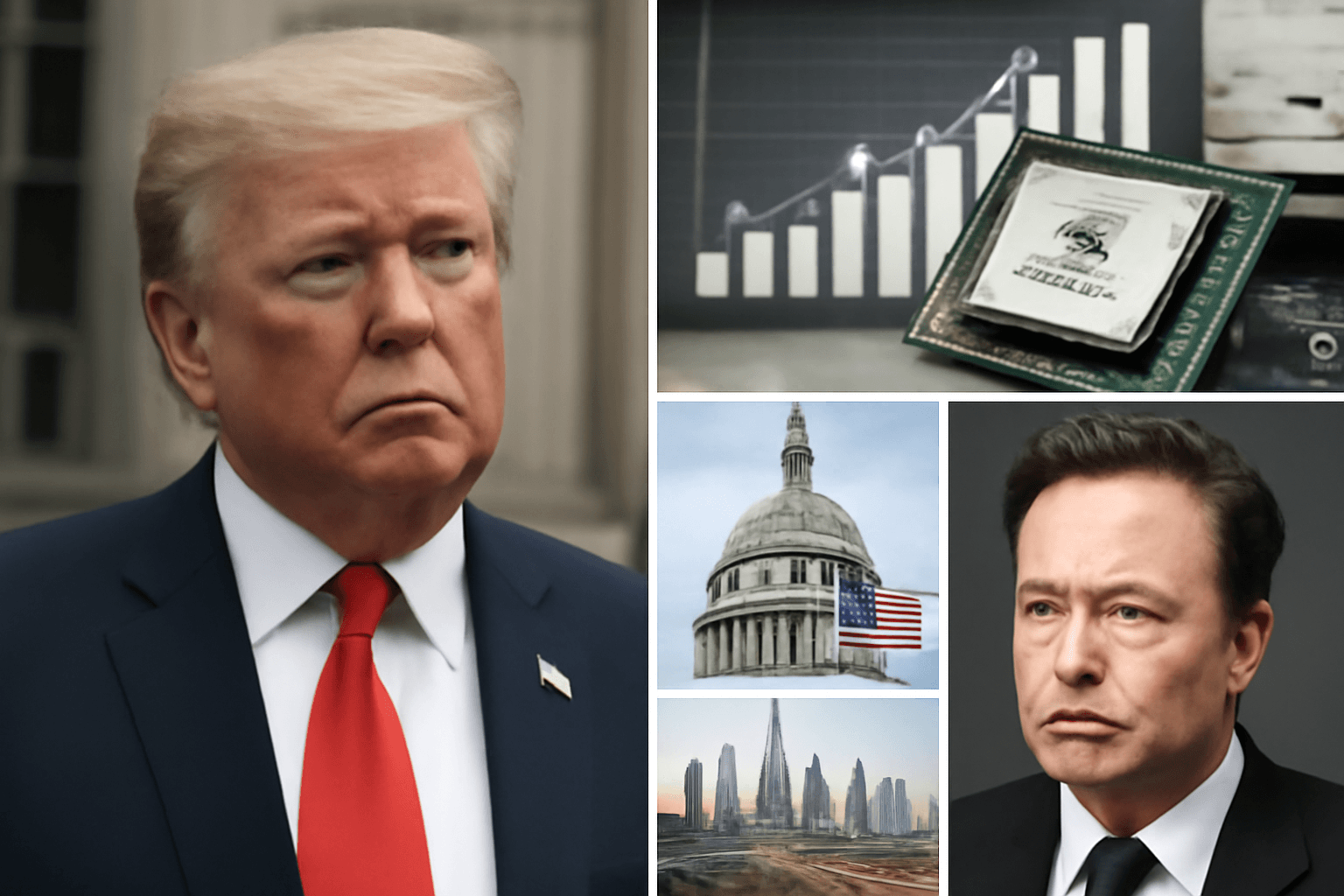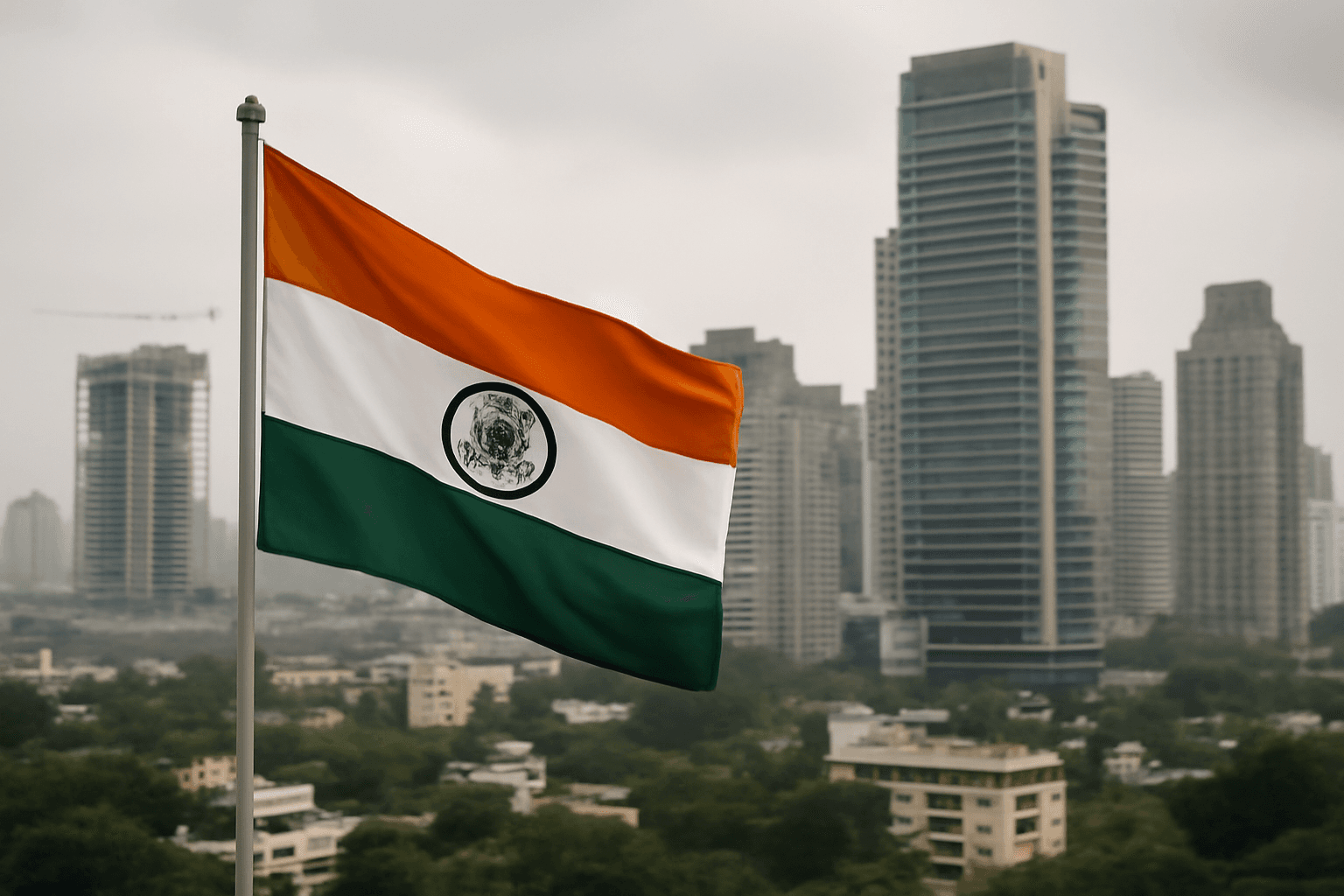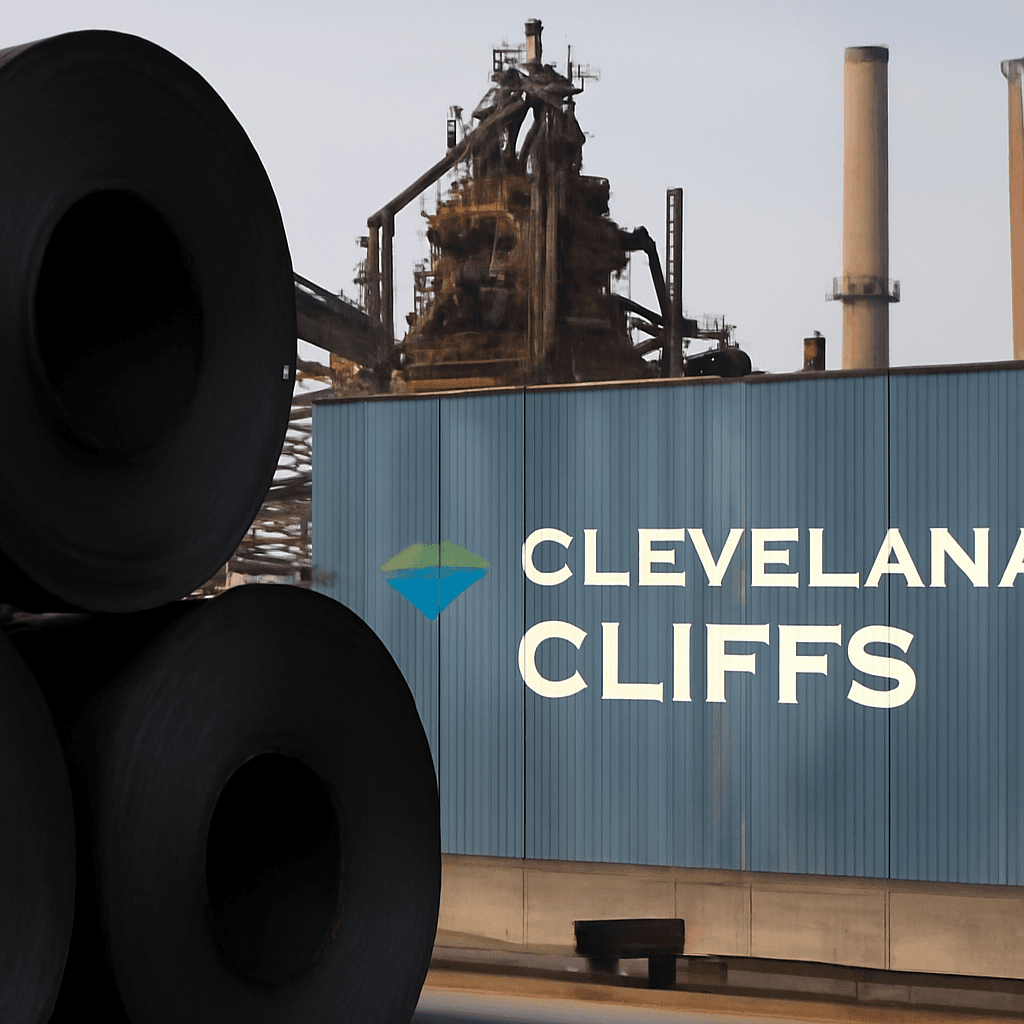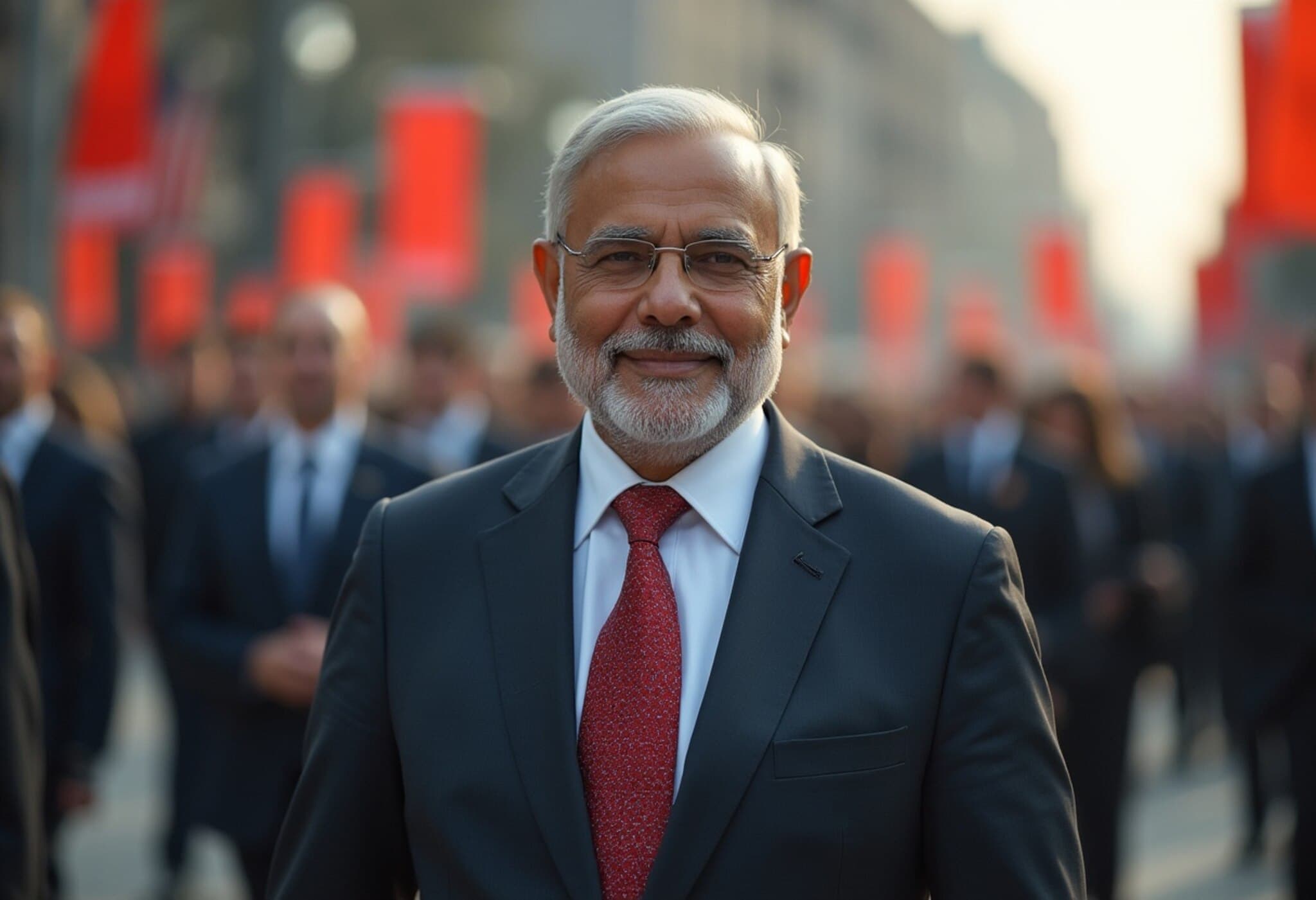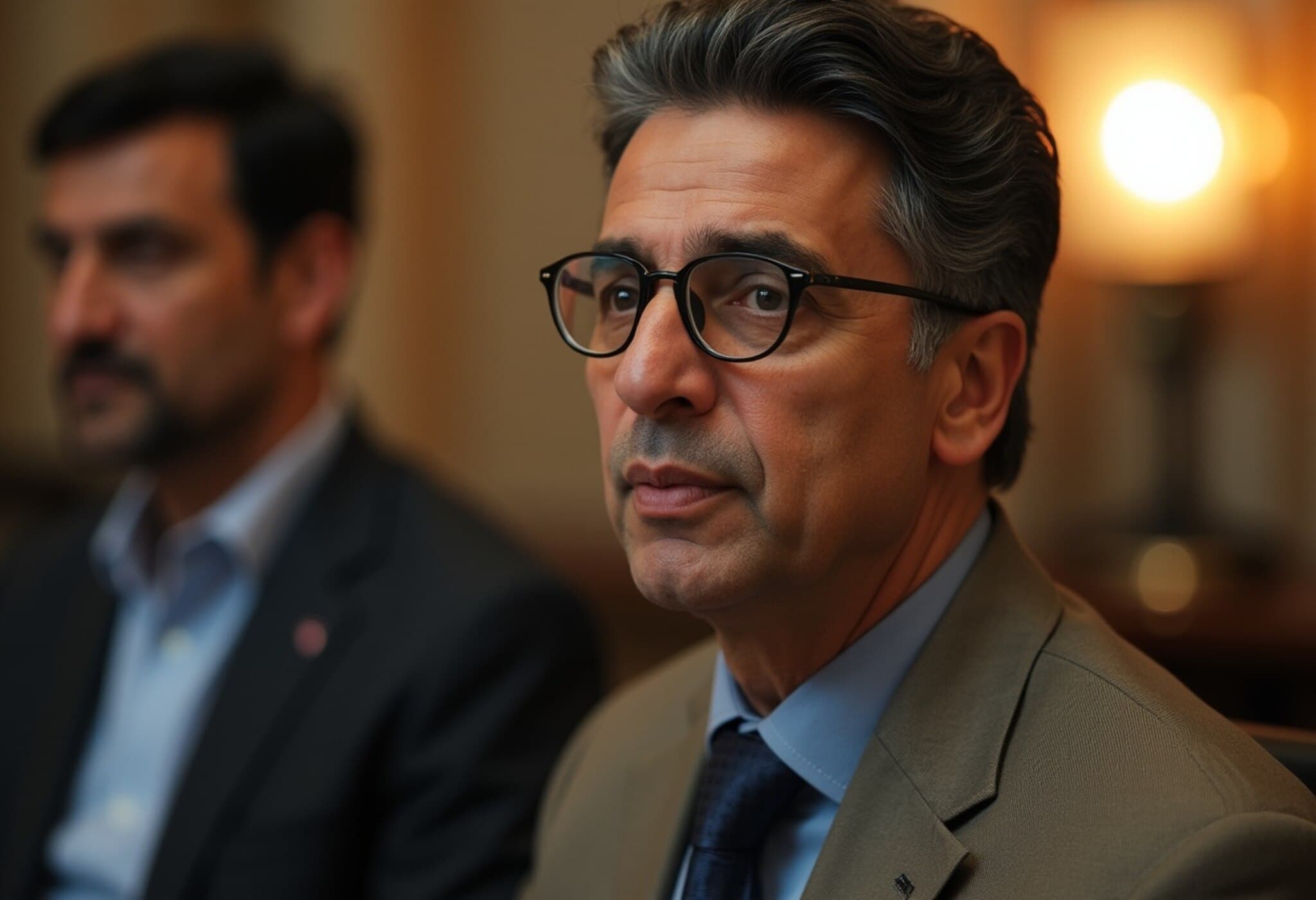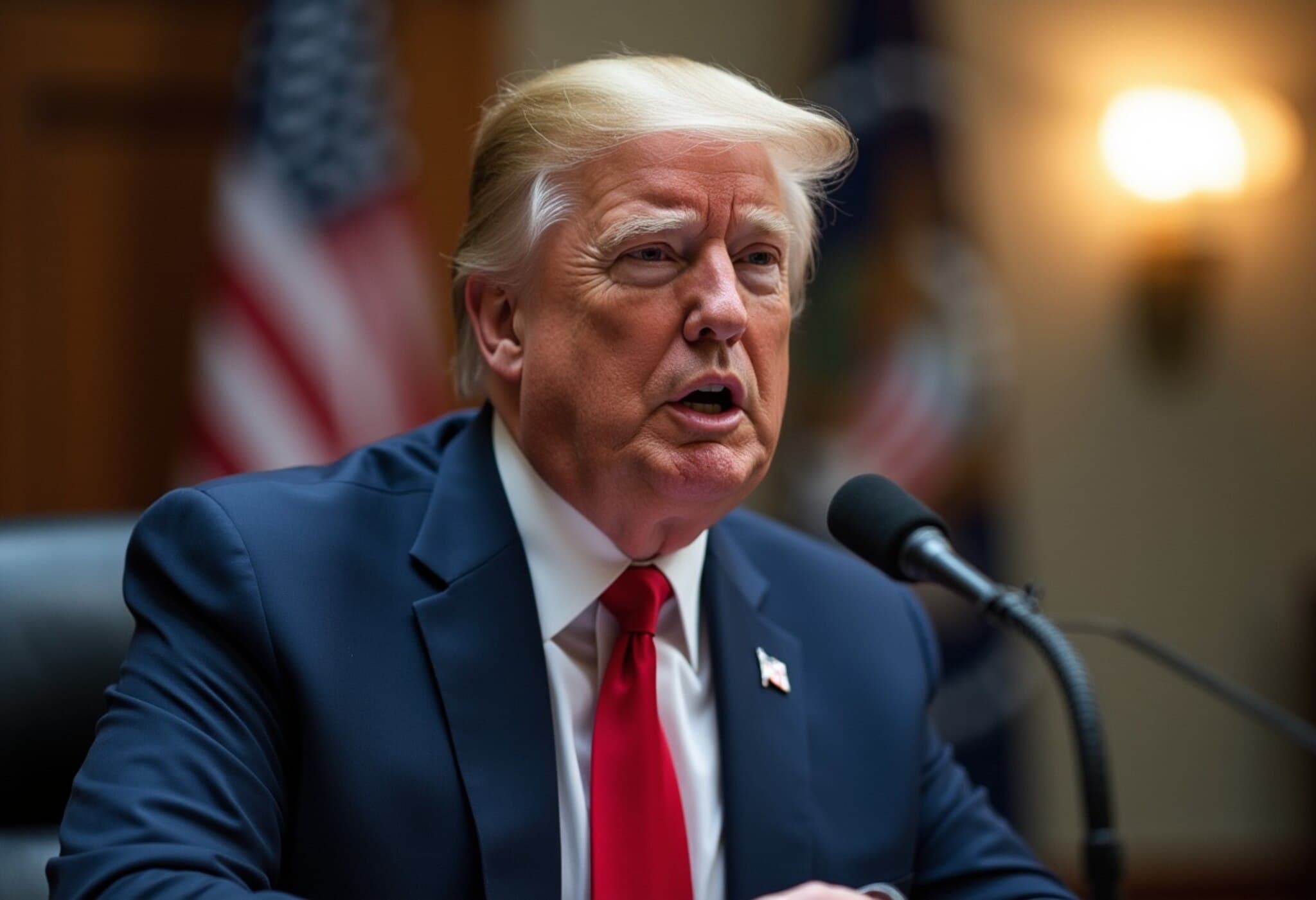India Stakes Its Position in Crucial US Trade Talks Ahead of Imminent Deadline
As the clock ticks down to the July 9 deadline for finalizing an interim trade agreement, India has firmly delineated its boundaries on sensitive sectors such as agriculture and dairy. These red lines signal that New Delhi won’t concede on core domestic interests, leaving the ball in Washington’s court to bridge the remaining gaps before the temporary tariff suspension expires.
Background: A Delicate Dance Around Tariffs
Earlier this year, the United States imposed a 26% reciprocal tariff on a range of Indian goods, part of broader trade tensions resulting in tariff hikes across several countries. However, these tariffs were held in abeyance for 90 days, providing a narrow window for negotiations aimed at avoiding renewed duties.
India wants a full exemption from this 26% tariff, while maintaining its baseline 10% import duty. Should the talks falter, these higher tariffs will snap back into effect, potentially disrupting a bilateral trade relationship worth over USD 130 billion annually.
Key Issues: Agriculture and Dairy Take Center Stage
Among the sticking points, agriculture and dairy products represent some of the most fiercely protected sectors in India. Historically, New Delhi has refrained from opening its dairy market in any trade agreement, given its socio-economic sensitivity and impact on millions of farmers. This protective stance reflects concerns about food security and rural livelihoods.
Additionally, disputes persist over tariffs on steel, aluminum, and automobiles, with the US keen on tariff concessions particularly on electric vehicles and certain industrial goods.
The US Perspective: Concessions and Strategic Interests
From Washington’s vantage point, duty reductions on American exports such as apples, tree nuts, wine, petrol chemicals, and specific agricultural products are critical. The US administration has indicated plans to send tariff-related letters to a group of affected countries soon, with potential tariff reinstatement starting August 1 if no deal materializes.
Trade Beyond Tariffs: Economic Stakes and Strategic Implications
India and the US have pursued a broader bilateral trade agreement (BTA), with the interim pact envisaged as a stepping stone toward a comprehensive deal expected later this year. Commerce Minister Piyush Goyal emphasized that any agreement must be a win-win — beneficial for both nations and aligned with India’s national interests.
Given the US is India’s largest trading partner, with bilateral merchandise trade exceeding USD 130 billion in 2024-25 and services trade climbing to an estimated USD 70.5 billion, the stakes are high. Indian exports include pharmaceuticals, telecom, precious stones, petroleum products, and garments, while imports from the US cover crude oil, coal, electronic machinery, and aerospace components.
Investment and Sectoral Impacts
Beyond goods and services, India attracts significant American investment, totaling over USD 70 billion between 2000 and 2025, making the US the third-largest foreign investor in India. This underscores the strategic depth in the relationship, spanning technology, manufacturing, and professional services, amplifying the impact of any trade deal.
Expert Insight: Navigating Complex Trade Terrain
Trade experts note that India’s red lines reflect not only economic priorities but also political and social realities. The agriculture and dairy sectors are politically sensitive, with millions dependent on farming livelihoods that could be disrupted by sudden market liberalization. Meanwhile, the US continues to push for market access as part of its global trade agenda.
Policy analysts suggest that the interim deal is less about immediate tariff changes and more a foundation for deeper engagement. If successful, it could set a precedent for future cooperation on emerging sectors such as electric vehicles and digital services. However, failure may risk reigniting tariff disputes, complicating an already challenging global trade environment.
What Lies Ahead?
- India awaits a clear US response on the proposed red lines, particularly regarding agriculture and dairy.
- The July 9 deadline is a critical checkpoint that will test diplomatic agility and economic willpower.
- Potential tariff reinstatement in August could disrupt trade flows and investor confidence.
- Broader bilateral trade agreement talks continue with a goal for completion by fall, aiming for a more durable framework.
Editor’s Note
India’s firm stance on agriculture and dairy vividly illustrates the balancing act between protecting domestic priorities and engaging with complex global trade partners like the US. As the July 9 deadline looms, the outcome will not only shape tariff structures but could signal the tenor of the US-India economic partnership for years to come. Readers should watch closely how Washington navigates these red lines—will pragmatism prevail, or will protectionist pressures reign, risking a costly standoff?
This evolving story underscores a broader theme in international trade: the need to ensure economic agreements respect national interests while fostering cooperation in an increasingly interconnected world economy.



